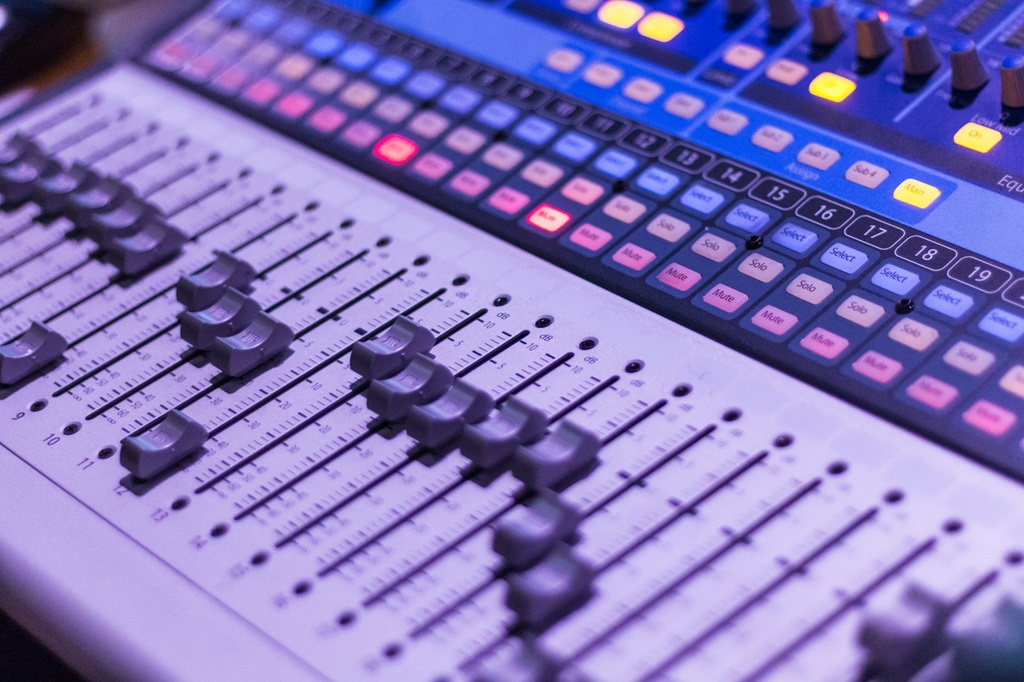
Understanding Equalizers: Enhancing Your Sound Experience
In the world of audio, an equalizer (EQ) plays a pivotal role in creating the perfect sound environment. It allows users to adjust the balance of different frequency components, tailoring audio output based on personal preference or specific listening circumstances. Whether you’re a music enthusiast, a budding audiophile, or someone who simply wants to optimize their listening experience, understanding equalizers can profoundly enhance how you enjoy sound.
What Is an Equalizer?
An equalizer is an audio processing tool used to adjust the amplitude of specific frequency ranges within an audio signal. The primary function of an EQ is to boost or cut certain frequencies to achieve a desired sound profile. There are various types of equalizers, each designed for different uses, such as graphic equalizers, parametric equalizers, and digital equalizers.
Graphic equalizers display a series of sliders that represent different frequency bands, typically spaced evenly across the audio spectrum. By moving these sliders up or down, users can visually manipulate the sound, enhancing or reducing specific frequency ranges. On the other hand, parametric equalizers offer more flexibility by allowing users to adjust the center frequency, bandwidth, and gain, making them ideal for detailed sound shaping. For more advanced EQ options, many digital audio workstations (DAWs) incorporate EQ plugins that can be highly specialized for music production.
Top On Sale Tech Product

Price Now: EUR 48.16 (Original price: EUR 109.45, 56% off)

Price Now: EUR 655.59 (Original price: EUR 1394.87, 53% off)

Price Now: EUR 18.21 (Original price: EUR 36.41, 50% off)
How Do Equalizers Work?
Equalizers work based on the principles of audio physics and signal processing. When sound waves are produced, they encompass a wide range of frequencies. However, not all frequencies are meant to be heard at the same level. Equalizers allow users to isolate and manipulate frequencies, enhancing clarity and definition in sound.
By filtering frequencies, an equalizer can help to eliminate unwanted noise or enhance specific characteristics of the audio. For instance, in music, boosting low frequencies can add warmth to bass instruments, while elevating high frequencies can create brilliance and presence for vocals or treble instruments. Understanding how to employ an equalizer correctly can transform the listening experience, making it richer and more immersive.
Different Types of Equalizers
Equalizers come in various forms, each suited for different applications. The most common types include graphic equalizers, parametric equalizers, and shelving equalizers. A graphic equalizer typically offers a visual representation of frequency adjustments, making it user-friendly and popular among live sound engineers. Users can easily see how changes affect the overall sound.
Parametric equalizers, on the other hand, allow users to fine-tune their adjustments with greater precision. They provide control over frequency selection, bandwidth, and level adjustment, making them ideal for professional sound applications. Additionally, shelving equalizers can either boost or cut frequencies above or below a specified point, allowing for broader adjustments while maintaining a smooth audio spectrum.
Using an Equalizer Effectively
To make the most out of an equalizer, it’s essential to understand the fundamental frequency ranges and how they correspond to different sound elements. For example, most vocals occupy the mid-range frequencies, while bass instruments like drums and guitars typically fall into the lower frequency range. By recognizing these placements, users can make informed decisions about which frequencies to enhance or diminish.
Moreover, applying subtle adjustments can yield significant results. Over-correcting or drastically altering frequencies can lead to a harsh or unnatural sound. Instead, aim for smooth transitions between frequency ranges, which helps preserve the nuances of the original audio while tailoring it to your preferences. Experimenting with different settings and techniques can lead to discovering a unique sound that resonates with you.
Top On Sale Beauty Products

Price Now: EUR 14.69 (Original price: EUR 32.49, 55% off)

Price Now: EUR 19.84 (Original price: EUR 32.00, 38% off)
The Role of Equalizers in Music Production
In music production, equalizers are invaluable tools that help to create a polished and professional sound. During the mixing process, producers use EQ to carve out space for each instrument within the mix. This practice, known as frequency masking, occurs when two or more sounds occupy the same frequency range, making it difficult to distinguish between them. By applying EQ strategically, producers can enhance clarity and separation in their mixes.
Additionally, mastering engineers utilize equalizers to fine-tune the final mix, ensuring it translates well across different playback systems. They might employ subtle raises and cuts across various frequency bands to achieve tonal balance, allowing the music to sound its best whether played on headphones, speakers, or streaming services. For those interested in diving deeper into music production, resources from sites like Sound on Sound can provide valuable insights.
Common Mistakes to Avoid with Equalizers
While equalizers offer powerful capabilities, there are common pitfalls that users should be wary of. One frequent mistake is applying excessive EQ adjustments, which can lead to a harsh or piecemeal sound. Instead, strive for moderation; subtle changes often produce the best results. It’s important to remember that EQ should enhance the audio rather than completely alter its character.
Another mistake is neglecting to consider the context of the audio. What might sound good in one setting—like a specific pair of headphones—may not translate well to another, such as speakers in a different environment. Always test sound adjustments across various playback systems to assess their effectiveness.
Finally
Understanding the role and functionality of equalizers is crucial for anyone looking to improve their audio experience. By mastering this vital tool, listeners and producers can achieve a sound that resonates with their personal tastes or enhances the professional quality of a recording. Remember that subtle adjustments often yield the best results, and always keep the broader context of audio in mind. With practice and patience, the world of sound can be a richly rewarding experience.










